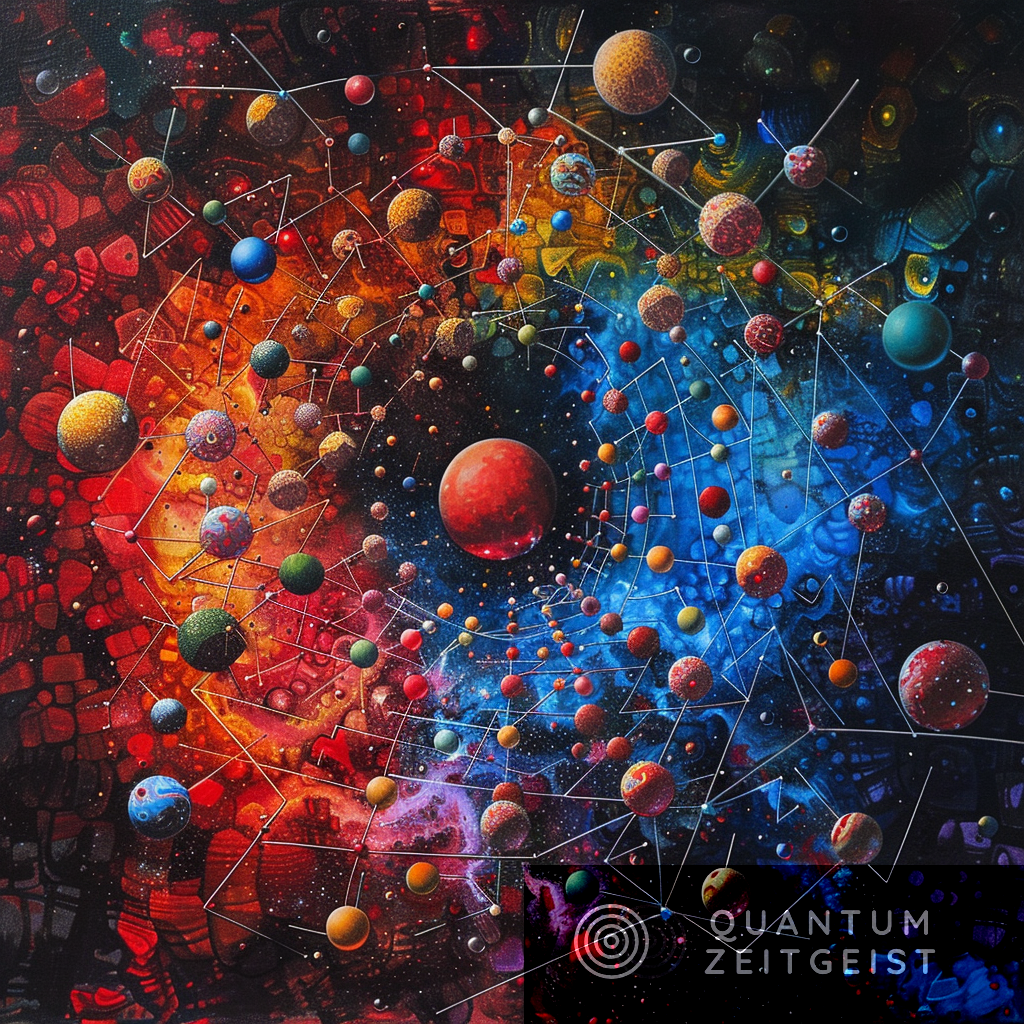Quantum sensing, a field that uses quantum mechanics principles to enhance precision in measurement and imaging, could revolutionize modern measurement technologies. However, challenges exist, such as overlapping signals making individual targets indistinguishable. To overcome this, researchers from the University of Science and Technology of China and Zhejiang University have proposed a multisensor paradigm that uses signal correlation to boost structure reconstruction accuracy. The team demonstrated this by resolving individual defects fluctuating electric fields from ensemble signals. This multisensor paradigm could potentially be used in various fields, providing a more accurate understanding of complex structures and systems.
What is Quantum Sensing and Why is it Important?
Quantum sensing is a field of study that uses the principles of quantum mechanics to improve the fundamental limits of precision for measurement and imaging. This technology has the potential to revolutionize modern measurement technologies for various physical quantities. It can deepen our understanding of fundamental physical laws and develop high-precision measurement techniques. Recent advancements in single nanoscale quantum sensors have created the prospect of atomic-scale complex structural analysis.
One extraordinary example of a quantum sensor is the single nitrogen-vacancy (NV) center in diamond. This nanoscale quantum sensor has a high sensitivity of a single spin and fundamental charge, making it promising for atomic-scale magnetic structural analysis. However, many phenomena in nature are neither magnetic nor controllable, necessitating the development of a new sensing paradigm.
What are the Challenges in Quantum Sensing?
In practical situations for complex structure analysis, many targets may simultaneously couple to the quantum sensor. The overlapping of the signals makes individual targets indistinguishable. Resolving the signals and extracting the underlying structural information remains challenging and is beyond the sensing capability of a single quantum sensor.
A general example with time-varying and uncontrollable signal is the random telegraph signal (RTS), which can be represented by many processes such as charge dynamics in semiconductors, transcriptional and electrophysiological activities in cells, and protein conformational dynamics. The dynamics of the target generate an RTS at the quantum sensor. With sufficient sensitivity, the quantum sensor can resolve the RTS, and the amplitude of the RTS reveals the target’s relative position to the quantum sensor.
What is the Proposed Solution to these Challenges?
A team of researchers from the University of Science and Technology of China and Zhejiang University have proposed a novel multisensor paradigm to resolve structural information that utilizes the signal correlation that is rarely exploited for quantum sensing. This method provides another avenue for boosting the structure reconstruction accuracy using signal correlation among sensors.
For spatially distributed quantum sensors, each target induces correlated RTSs on all the quantum sensors with position-dependent amplitudes respectively. The correlation among signals reveals simultaneous jumps from a specific target as a clustering pattern in the high-dimensional differential signal space. The resolving of clustering patterns relies on the drastic increase of the signal capacity, resembling the tomographic reconstruction. The clarity of the signal improves with an increase in the number of tomographic planes, or the number of sensors.
How was this Solution Demonstrated?
The researchers demonstrated this multisensor paradigm by resolving individual defects fluctuating electric fields from ensemble signals. They imaged the three-dimensional distribution of 16 dark electronic point-defects in diamond with accuracy approaching 17 nm via a GPS-like localization method. Furthermore, they obtained the real-time charge dynamics of individual point defects and visualized how the dynamics induce the well-known optical spectral diffusion.
What are the Implications of this Research?
This multisensor paradigm extends the quantum sensing toolbox and offers new possibilities for structural analysis. The advances in quantum sensing have revolutionized modern measurement technologies for various physical quantities. This research contributes to the ongoing advancements in the field and opens up new avenues for exploration and application. The multisensor paradigm could potentially be used in a wide range of fields, from physics to biology, providing a more accurate and detailed understanding of complex structures and systems.
Publication details: “Correlated sensing with a solid-state quantum multi-sensor system for
atomic-scale structural analysis”
Publication Date: 2024-01-04
Authors: Wentao Ji, Zhaoxin Liu, Yuhang Guo, Zhen-Zhong Hu et al.
Source: arXiv (Cornell University)
DOI: https://doi.org/10.48550/arxiv.2401.02128

